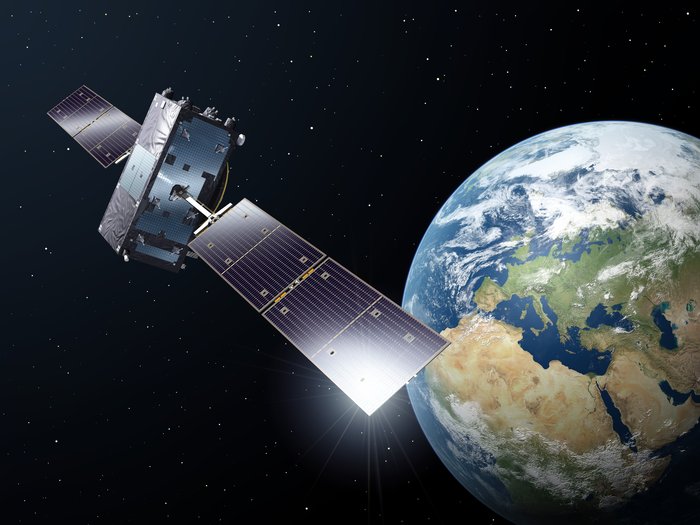This Fair is an opportunity for inventors and entrepreneurs to share their ideas and inventions with everybody while interacting with each other. There are a lot of stands representing a wide variety of things; you can find things related to robotics, textile manufacturing, 3D printers, music, etc... Lots of people attended it for free going through the stands asking questions about the displays. There were three floors of stands and activities, buzzing with people exchanging experiences, ideas and inventions.
Team RossetaCan had their own display talking about their project and displaying lots of information about related topics. They also showed their progress of Philae and how it is advancing. The team also had a chance to talk at the end of the fair publicly, describing in detail the idea and where they are now progress wise. They had on display numerous prototypes of what Philae would look like, and numerous demonstrations of the flight were made in the middle of the fair. There were also some trophies from teams of previous years and CanSats used in previous years too. They had great time explaining the whole project to a wide range of people from small kids to adult engineers.
It has been the first year of the Makers Fair in Madrid and a great success. It wasn't only techie people visiting as you would expect, because as well as being oriented to entrepreneurs there were some activities dedicated to small kids, in fact lots of them visited the fair and participated in numerous activities designed to show them more about the world of science and technology. And it wasn't just people that were told it was there that went, but also passers-by were told about it and went to take a look.
Two students in the Rosseta team from 10th grade, Jaime and myself, just got back on friday from Brussels participating in ESA's competition Asgard. Their project was to measure muons using a complicated circuit based of two fluorescent tubes. Both of them were at the fair explaining as well as the CanSat mission, the Asgard one.
All in all it was a great experience for The team to connect with other people working on similar projects, and a great opportunity to share different experiences.







